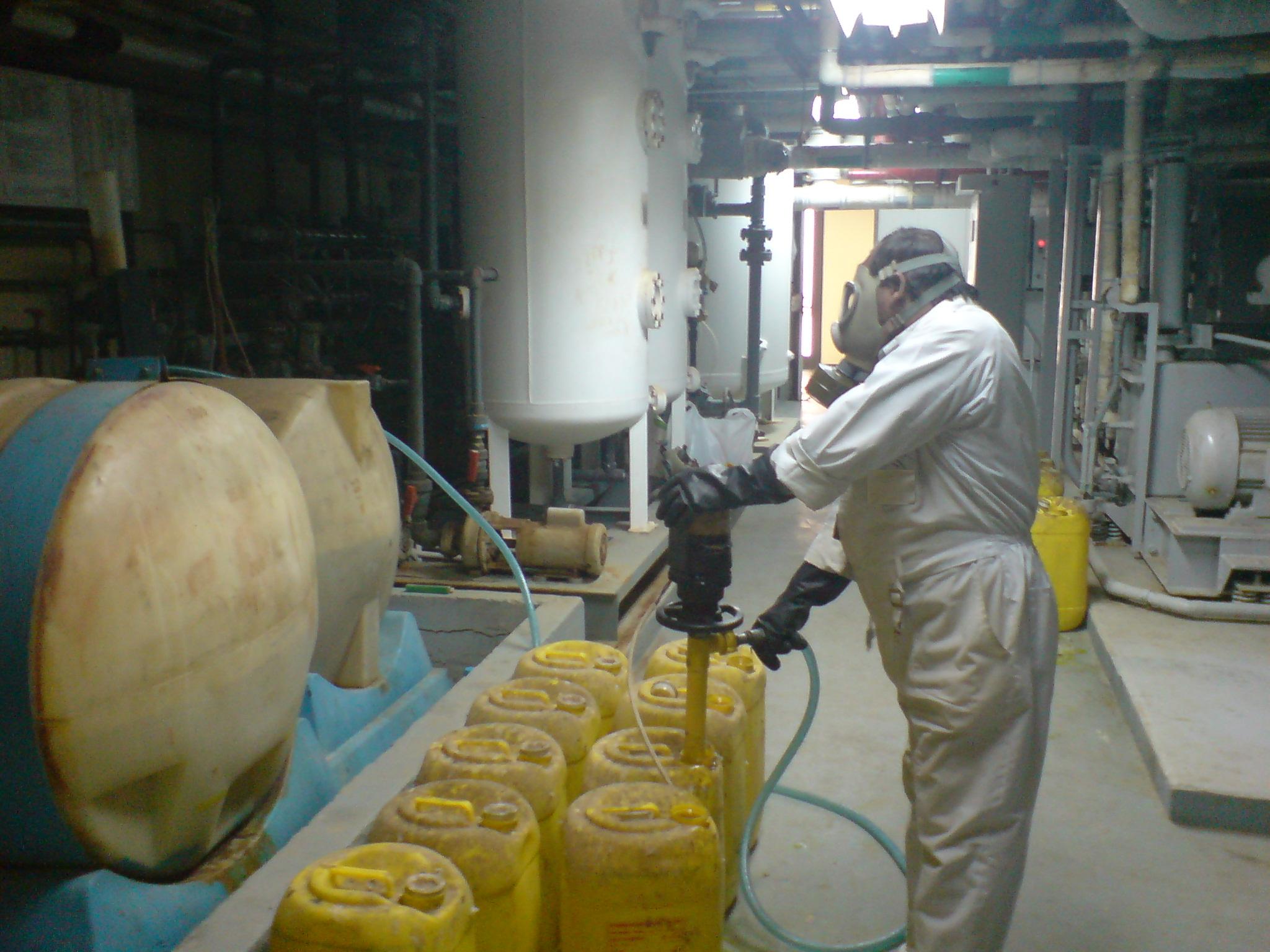

Chemistry of Chlorine and Waste Water
The chemistry of the chlorination of potable water, waste water and industrial waste is fundamentally the same. The reaction differ only because of the difference in species and amounts of interfering substances, both organic and inorganic. The interfering substances are those that either contribute to excessive consumption of chlorine or impair the bactericidal efficiency of the chlorine residual.
The most important of these interfering substances found in waste water discharges are:
- Ammonia nitrogen,
- Organic nitrogen,
- Hydrogen sulfide,
- Cyanide,
- Tannins,
- Pickle liquor and
- Phenols.
These are specific compounds that can be isolated and studied for their effect upon the application of chlorine.
The nitrogen compounds present the greatest obstacle to different chlorination. Chlorine reacts quickly ( within a few minutes) and completely with ammonia at pH values found in most waste waters.
The reaction is stepwise as follows.
NH3 + HOCl ——-> NH2Cl + H2O
NH2CL + HOCl ——> NHCl2 + H2O
NHCl2 + HOCl ——-> NCl3 + H2O
Leave a Reply







 LIKE TO GET UPDATES
LIKE TO GET UPDATES  TO GET EXPERT GUIDE
TO GET EXPERT GUIDE